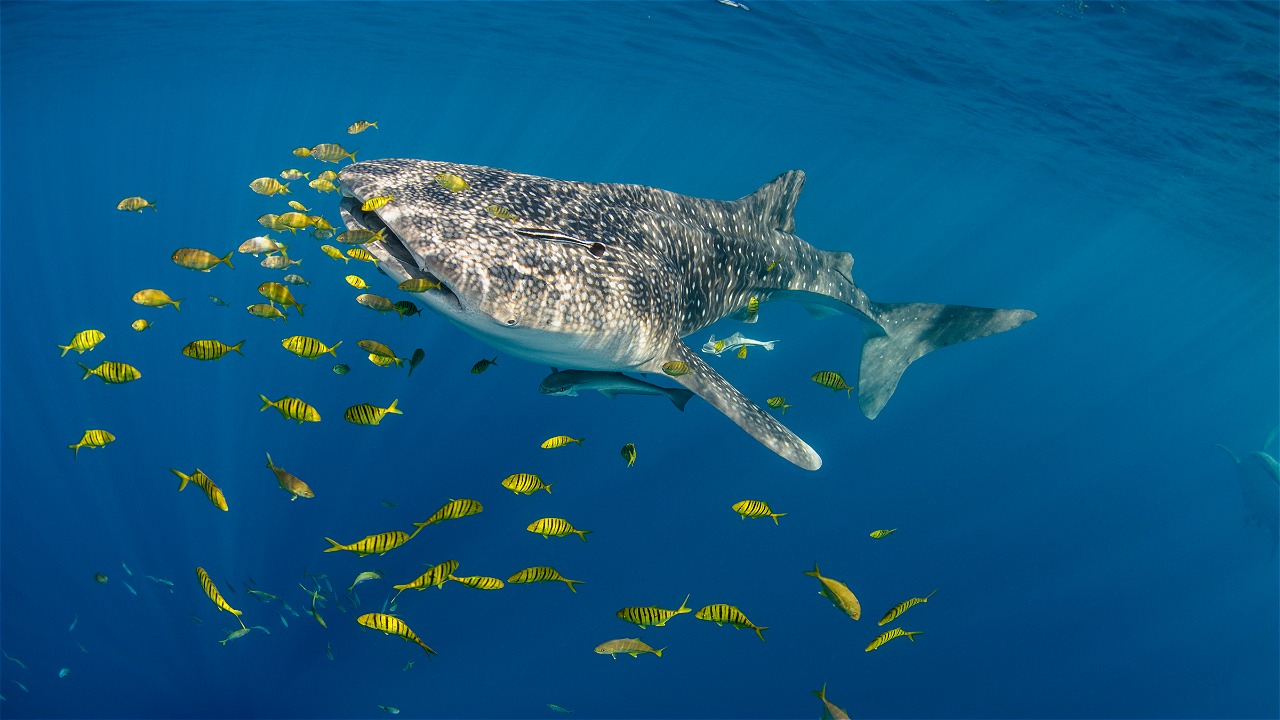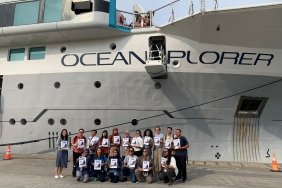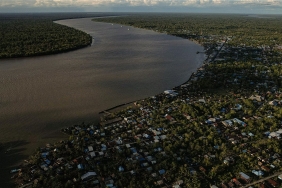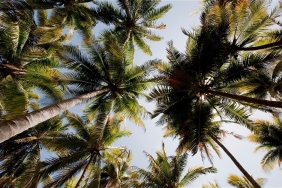DISCUSSION ON WHALE SHARK CONSERVATION IN PANDA EARTH
By: Sani Firmansyah
A discussion titled "Bridging Biodiversity, Culture, and Conservation Benefits" took place at Bumi Panda on Sunday (16/10). The conservation discussion that presented Juswono Setiawan as the Project Leaders of Cenderawasih Bay National Park WWF-Indonesia Papua Program aimed to convey the importance of marine conservation and the biota contained therein, one of which is the whale shark.
The activity began with an introduction to WWF-Indonesia's Bumi Panda Education House, then continued with the screening of video footage illustrating the beauty and biodiversity in Teluk Cenderawasih National Park. After watching the video, the discussion participants got an insight into the whale sharks found in Teluk Cenderawasih National Marine Park. Despite having the word 'Whale' in its name, this animal is a group of fish and not a mammal. The word 'Whale' in its name is to describe its enormous whale-like size. The whale shark, which can grow up to 18-20 m in length and live for 70-100 years, is the largest fish in the world. Its diet consists of plankton, fish eggs, and small fish. Whale sharks can be found in warm tropical and subtropical waters. Uniquely, in the Teluk Cenderawasih Marine National Park, whale sharks can be seen throughout the year.< br />
Local people call the whale shark by the name Gurano Bintang. Whale sharks can be identified by the spots on their bodies. Between one individual with another individual has a different pattern. "Since 2010, WWF-Indonesia has identified whale sharks in Teluk Cenderawasih National Park. From 8,500 photos obtained until August 2016, there were 129 whale sharks. However, not all sharks can be identified because sharks can swim very deep, making it difficult for the team to identify," Juswono explained.
During the discussion, the participants also got insights on how to interact with whale sharks wisely. Based on the identification results carried out by WWF-Indonesia, many signs of injury were found on the whale shark's body because the ship carrying tourists was too close to the whale shark so that the animal was injured by the propeller or hit by the ship. This happens because tourists have not received good education.
Of the 5,722 tourists who visited Teluk Cenderawasih Marine National Park, 50% of them had direct interaction with whale sharks, either holding or photographing at a very close distance using a camera flash. From the results of observations, 60% of tourists still commit violations and have not followed the rules or SOPs that have been determined by the Teluk Cenderawasih National Marine Park Center.
The existence of whale sharks also has ecotourism potential, "This is the potential of tourist visits to the place so that later it will bring economic benefits to the surrounding community by managing environment-based tourism (ecotourism), while introducing the local wisdom of the people there," said Juswono.
The curiosity of the participants about this animal was so great that many questions were raised during the discussion. "Do people there hunt whale sharks?" asked Yohanes, a student from the Bandung Tourism College. "No one hunts whale sharks there because local wisdom requires them to protect the species. In addition to balancing the ecosystem in the sea, the existence of whale sharks is a legacy for our children and grandchildren in the future," Juswono answered.
The conservation discussion in the Land of Pandas this time motivated the participants on the importance of whale shark conservation in Indonesia which will have a positive impact on the conservation efforts being carried out by WWF-Indonesia.





